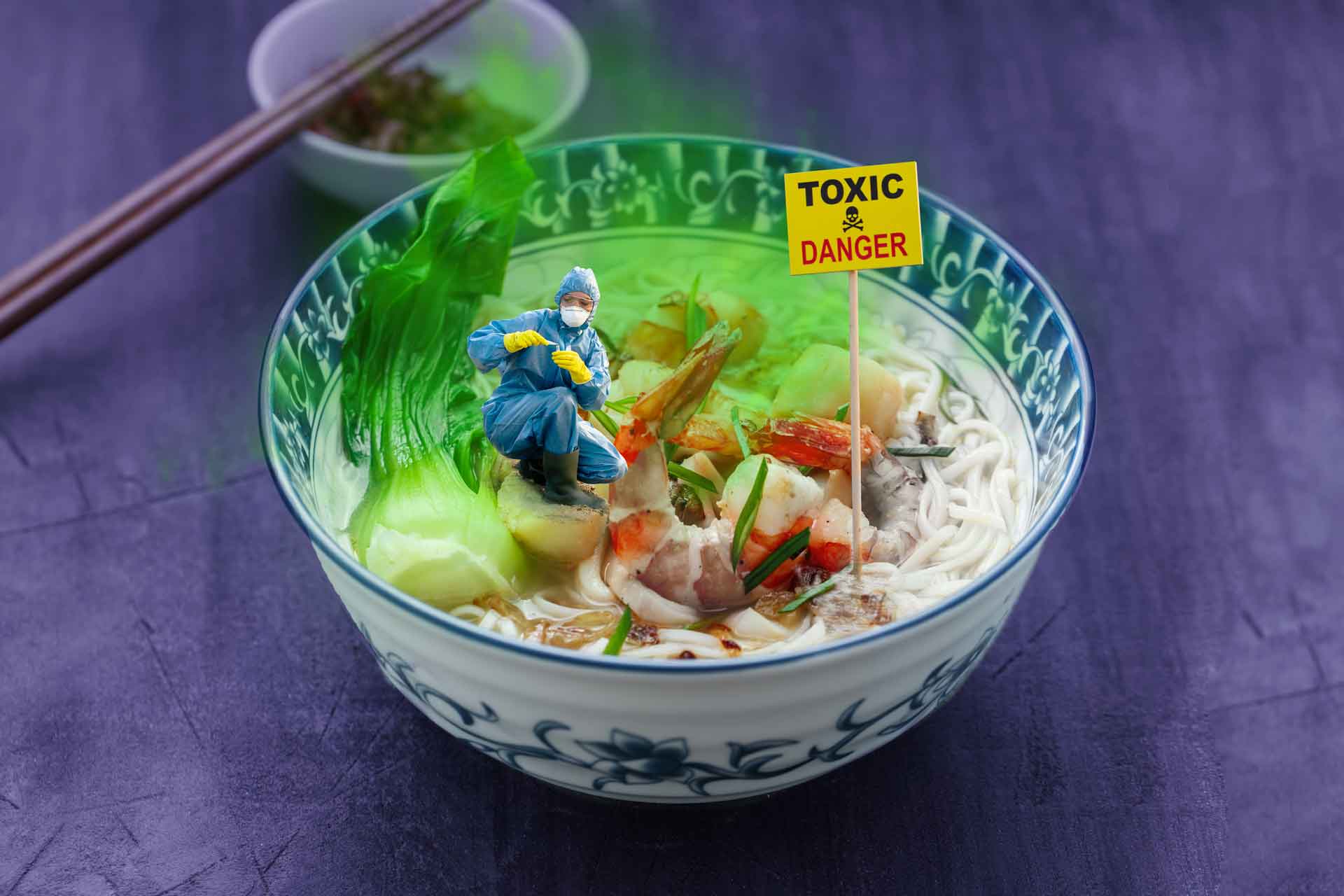One thing that remains undisclosed on product labels is that mass-produced monocrops impoverish the soil by zapping it of its nutrients and weakening its capacity to support healthy plant growth. Fatigued and depleted, the soil has to be continuously bombarded with chemical fertilizers and pesticides to keep yields high.
The heavy dependence of monocrops on these toxic agrochemicals does not only affect the soil and the crops grown on it. Agrotoxics also pollute the air we breathe, leach into the ground, contaminate the water we drink, and poison aquifers, streams, lakes and rivers, from where we source our food.
These same water bodies also get depleted as they are used to irrigate thirsty monocrops that are grown in plantations where a significant layer of topsoil is lost in order to retain water because of mechanical tillage. This, in turn, threatens fragile ecosystems such as wetlands that host a wide range of wildlife and plant species that depend on these water bodies for survival.
Also impoverished, exploited, and endangered by this food system are workers, their families, and local communities, who are highly exposed to agrotoxics used in industrial agriculture.
For example, in Brazil, pesticides sprayed over millions of hectares of land mostly planted with monocrops (such as soybean) have resulted in numerous cases of deaths and diseases.
Lastly, all of us are exposed to food and beverages with pesticide residues.
